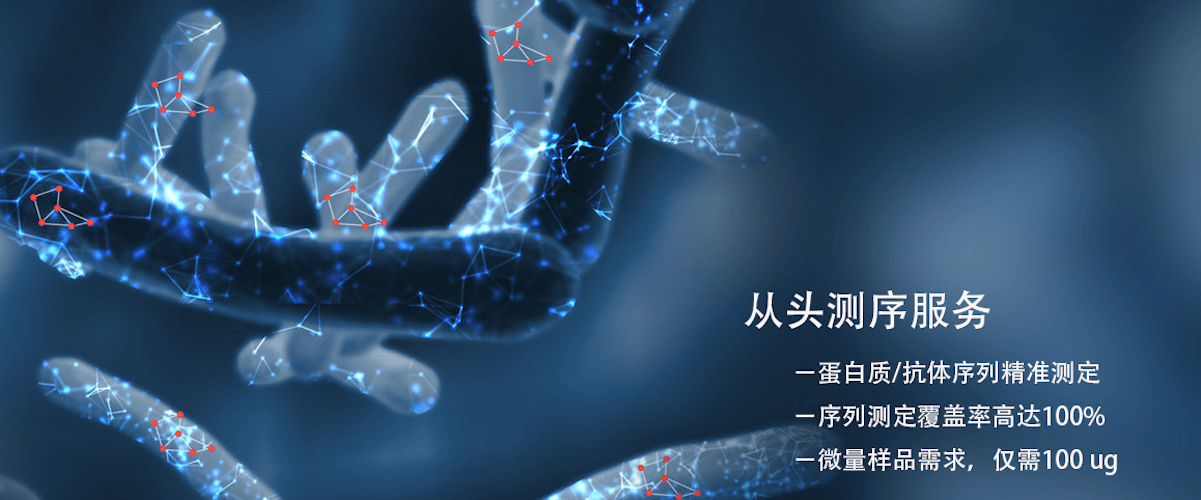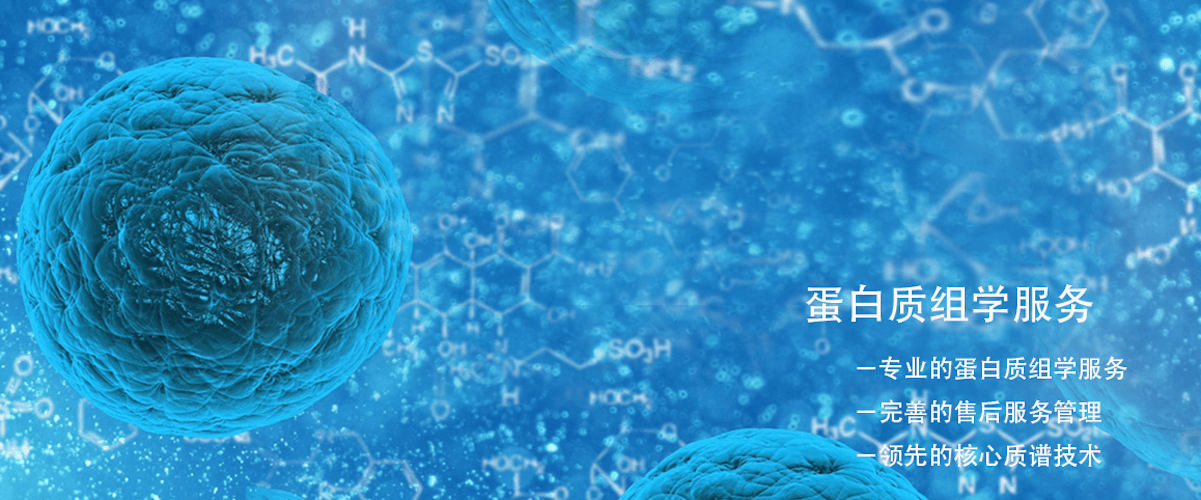Is there an amino signal in the hydrogen spectrum if glucosamine exists?
Glucosamine is a derivative of glucose, where one hydroxyl group (-OH) is replaced by an amino group (-NH₂). The structure of glucosamine contains an amino group, so there will be an amino signal in the hydrogen spectrum of nuclear magnetic resonance (NMR).
1. Detailed Analysis
1. Structure of Glucosamine
(1) Chemical formula: C₆H₁₃NO₅
(2) Structure: The amino group is usually located on the 2nd carbon of glucose, forming 2-amino-2-deoxy-D-glucose.
2. Hydrogen Spectrum (¹H NMR) Signals
(1) Amino Signal: In the ¹H NMR spectrum, the hydrogen atoms of the amino group (-NH₂) typically appear around δ 3-4 ppm.
(2) Environmental Influence: The chemical shift of the amino hydrogen atoms may vary due to solvent effects and hydrogen bonding.
(3) Exchange Phenomenon: In deuterated solvents (such as D₂O), the amino hydrogen atoms may exchange with deuterium, leading to the disappearance or weakening of the amino signal.
2. Summary
There will be an amino signal in the hydrogen spectrum of glucosamine, typically appearing in the δ 3-4 ppm range, but the exact position and intensity may vary due to solvents and environmental factors.
BiotechPack, A Biopharmaceutical Characterization and Multi-Omics Mass Spectrometry (MS) Services Provider
Related Services:
How to order?





